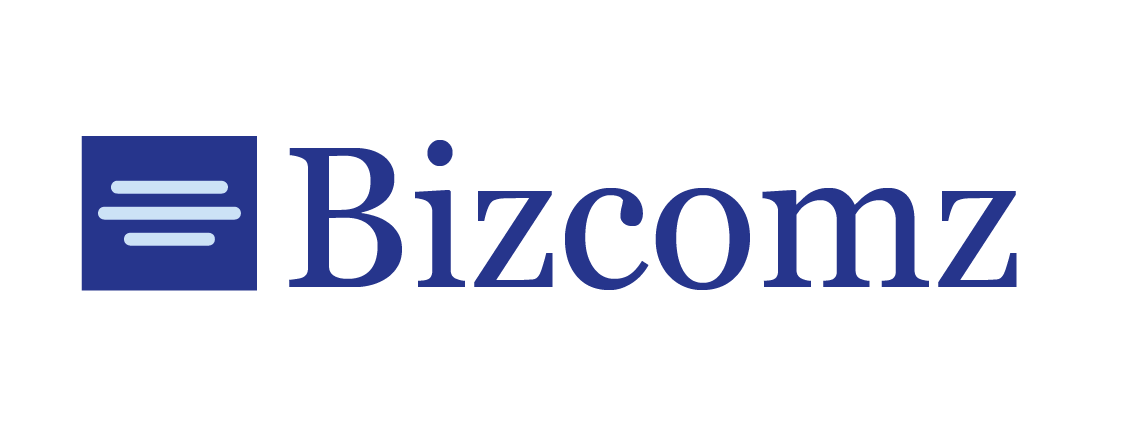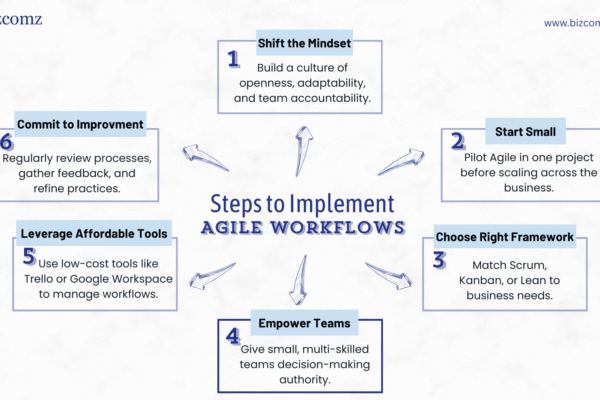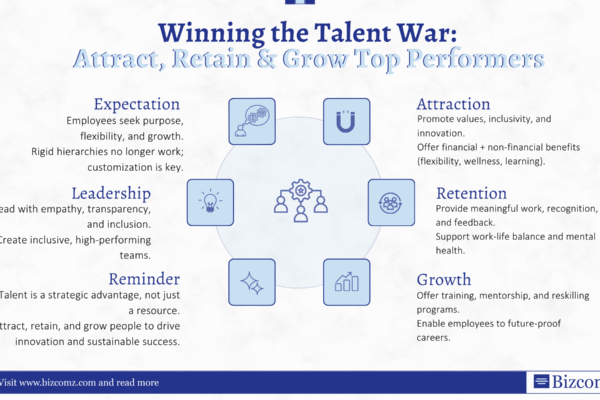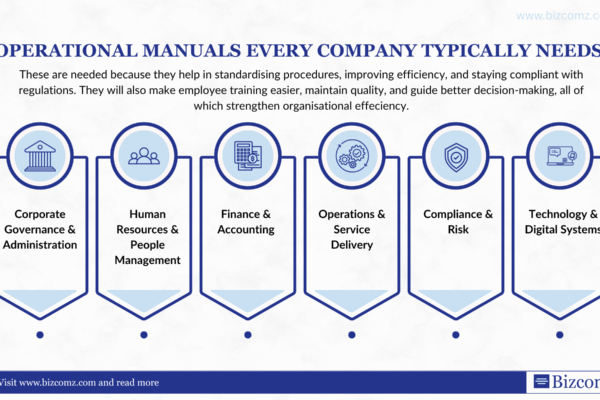In a world where excellence is the benchmark, becoming a top performer requires more than just talent or hard work. It demands a deliberate approach to self-awareness, prioritization, communication, and energy management. Drawing from the infographic above, this article explores actionable strategies to help you excel in both your personal and professional life.
Build Self-Awareness: The Foundation of Growth
Self-awareness is the cornerstone of personal and professional development. Understanding how you perceive yourself and how others see you can reveal blind spots and areas for improvement. The Johari Window is a valuable tool for this purpose. It divides your traits into four quadrants: the Open Area (known to you and others), the Blind Spot (unknown to you but visible to others), the Hidden Area (known to you but hidden from others), and the Unknown (traits undiscovered by both you and others). By seeking feedback and reflecting on your behavior, you can align your self-perception with reality and foster meaningful growth.
Prioritize What Matters: The Power of Focus
Not all tasks are created equal. The Pareto Principle, often referred to as the 80/20 Rule, suggests that 20% of your efforts typically yield 80% of your results. To become a top performer, it’s essential to identify and prioritize these high-impact activities. This means eliminating distractions, delegating low-value tasks, and dedicating your energy to the work that drives the most significant outcomes. By focusing on what truly matters, you can achieve more with less effort.
Communicate Effectively: The Art of Connection
Effective communication is a hallmark of top performers. The Nonviolent Communication (NVC)framework provides a structured approach to conversations, emphasizing observations, feelings, needs, and requests. By focusing on facts, expressing emotions without blame, and making clear, actionable requests, you can reduce conflict and ensure your message is both understood and constructive. This approach not only strengthens relationships but also fosters collaboration and trust.
Manage Your Energy: Work with Your Natural Rhythms
Energy management is just as important as time management. Understanding your chronotype—whether you’re a morning lark, a night owl, or somewhere in between—can help you optimize your productivity. By scheduling demanding tasks during your peak energy periods and reserving low-energy times for lighter activities, you can maximize your efficiency and maintain a sustainable pace. This approach ensures that you’re working with your natural rhythms, not against them.
Adapt to Change: Focus on What You Can Control
Change is inevitable, but how you respond to it defines your success. Stephen Covey’s Circle of Influence encourages you to focus on areas within your control, rather than expending energy on things you cannot change. By adopting a solution-oriented mindset, you can navigate uncertainty with confidence and resilience. This approach not only reduces stress but also empowers you to take proactive steps toward your goals.
Stay Accountable: The Path to Consistent Progress
Accountability is a key driver of success. The SMART Goals Framework ensures that your objectives are Specific, Measurable, Achievable, Relevant, and Time-bound. By breaking large goals into smaller, trackable milestones, you can maintain momentum and stay motivated. Regularly reviewing your progress and adjusting your approach as needed keeps you on track and ensures that you’re consistently moving forward.
Own Your Outcomes: Take Responsibility for Your Actions
Taking ownership of your outcomes is a hallmark of top performers. The GROW Model provides a structured approach to this process, guiding you through Goal setting, Reality assessment, Options exploration, and Will commitment. By analyzing your current situation, identifying available options, and committing to actionable steps, you can take responsibility for your actions and drive meaningful improvement.
Learn and Apply: The Cycle of Continuous Growth
Top performers are lifelong learners. The Kolb Learning Cycle emphasizes a four-step process: Experience, Reflection, Conceptualization, and Experimentation. By engaging in new activities, reflecting on what you’ve learned, developing new ideas, and applying your insights in real-world scenarios, you can reinforce your learning and drive continuous growth. Sharing your knowledge with others further solidifies your understanding and contributes to a culture of learning.
Final Thoughts
Becoming a top performer is a journey that requires intentionality, focus, and a commitment to growth. By building self-awareness, prioritizing high-impact tasks, communicating effectively, and managing your energy, you can unlock your full potential. Adapting to change, staying accountable, and embracing continuous learning are essential for sustaining success. As the infographic highlights, these strategies are not just about achieving excellence—they’re about maintaining it over the long term.






